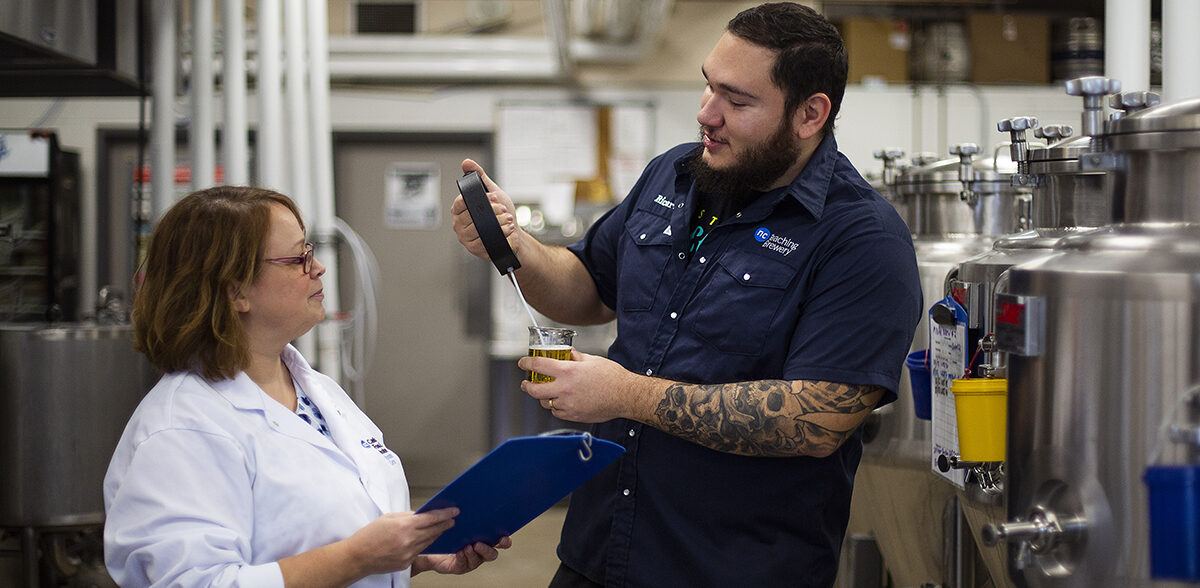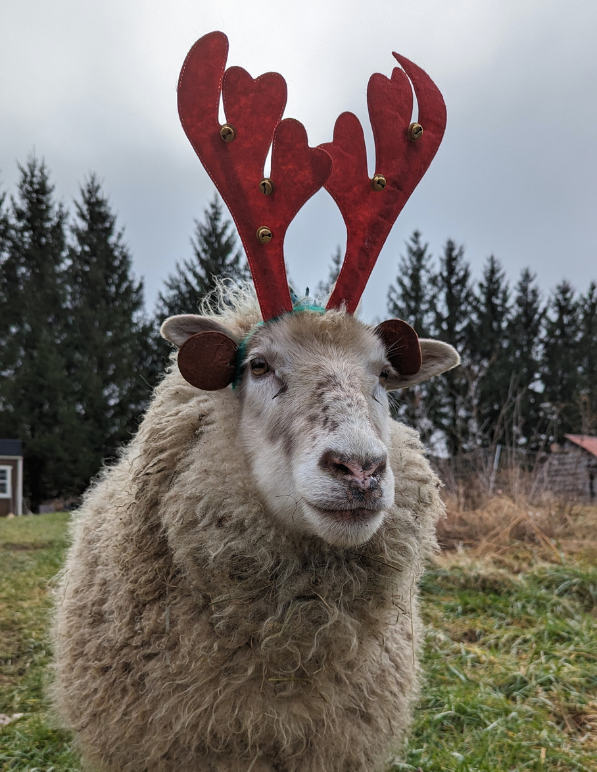Farmers at heart, Jennifer Osborn and Tim Fisher, co-owners of EcoWool Canada Inc. (EcoWool), are the first to say applied research is not something that they are used to.
They are producers of upcycled wool and fibre products that are grown and made in Canada. Their mission is to initiate sustainability and support farmers by upcycling wool and fibre waste into valuable products. By converting organic materials into usable products, they aim to reduce greenhouse gas emissions and support a thriving circular economy.
However, their inquisitiveness and hunger for continued education is what brought them to reach out to the Horticultural and Environmental Sciences Innovation Centre (HESIC) to understand if sheep’s wool pellets could be applicable to the greenhouse industry. (Wool pellets are formed from the raw wool sheared from sheep that is not usable as fleece, and would therefore be discarded.)
When they reached out to HESIC, there had been no greenhouse trials in North America on wool pellets as a slow-release nutrient, or as a peat moss replacement.
The primary goal of HESIC’s study was to assess the effectiveness of EcoWool’s pellets, a novel sheep wool media amendment, as a fertilizer/supplement in greenhouse crops within a controlled indoor agricultural setting. The study aimed to establish the commercial viability of the EcoWool pellet product by evaluating its impact on plant growth, yield, and fruit quality.
“Working with HESIC was a fascinating experience. We had never done any kind of research on our product to this scale before this and so we didn’t really have expectations, and we came in wanting to just ask lots of questions and absorb all the answers from the experts,” said Jennifer.
What they found was that due to the high salinity and pH properties, EcoWool pellets are not suited as a direct peat moss substitute, but more so as a media amendment. While EcoWool pellets showed potential as an organic supplement for plant growth, they are unlikely to be a complete replacement for a typical fertilizer regime. As commercial greenhouse crop production requires precise dosage of nutrients and sterile media, raw sheep wool has limited suitability in this sector. It does, however, possess potential as an amendment to be used concurrent to that of other fertilizers in either sustainable or organic field or nursery production, and backyard gardening.







